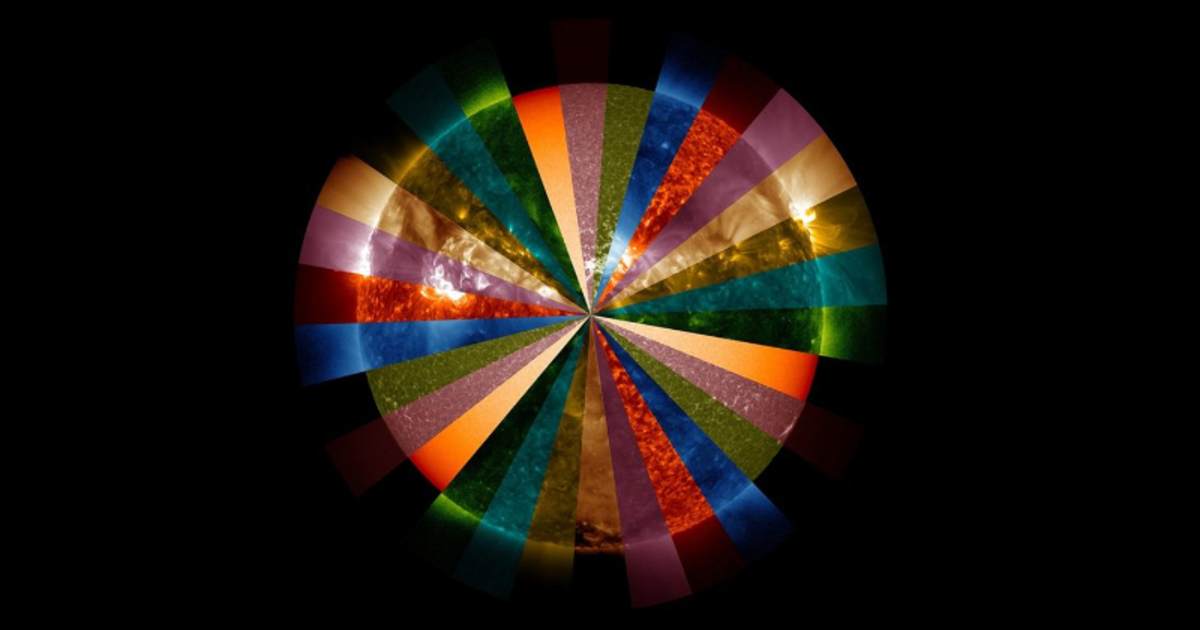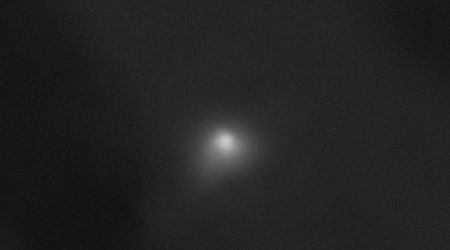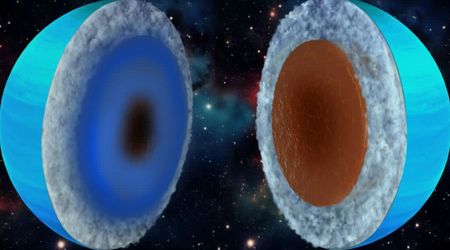What is the true color of the Sun? Hint: it's not yellow

We have always thought or imagined that the Sun is yellow, or even red. But if you stand outside on a clear afternoon, you’ll notice something fascinating: the sunlight around you feels almost colorless, while the Sun itself seems to carry a warm tint. We rarely question this because it is not possible to look at the Sun directly. So most of us think we “know” about its color. But honestly, our knowledge is based on impressions rather than true observation. So what is the Sun’s real color, and how do we figure it out?

To get there, you first have to think of sunlight as a mix of many wavelengths, short and long. Every color visible in a rainbow, from red to violet, comes straight from the Sun, per Stanford Solar Center. Those strips of color appear when sunlight is separated, revealing that no single shade dominates. When all these wavelengths arrive together, they merge into what our eyes interpret as white light. Space-based images of the Sun, taken without the distortion of Earth’s atmosphere, support this fact clearly.

The reason we often imagine the Sun as yellow or orange has to do with the air around us rather than with the Sun itself. At sunrise or sunset, sunlight has to pass through thick air. Blue, green, and violet, which are shorter wavelengths, scatter away. This leaves the long wavelength colors, i.e., red, yellow, and orange, to reach us and do the work. That’s why the Sun looks warm and bold around sunset and sunrise. The Sun hasn’t changed color; the atmosphere is the culprit in this case.

When you go up in the sky, the dispersal of light works a little differently. Shorter wavelengths, i.e., blue, green, and violet, spread across the atmosphere, giving the sky its color. Some think this scattering makes the Sun appear somewhat yellow from the ground. Some think that the Sun's output in visible light peaks in the yellow. But the Sun's visible output peaks in the green. Yet when all wavelengths mix together, the final result is white, even with a bit of atmospheric interference. Then there’s the question of why the Sun appears in such striking colors in scientific images—green, blue, red, orange, etc..

Well, these aren’t representations of its actual appearance. All forms of light and energy are part of the electromagnetic spectrum, much of which is invisible to our eyes. Instruments that detect X-rays, ultraviolet light, or other unseen wavelengths need a way to present their findings. Scientists assign bright, unmistakable colors to those images so it’s clear they’re showing data beyond human vision. Even white-light images get adjusted. A perfectly white Sun can look flat, not as per our imagination. So, even researchers often tint photos in warm tones to help highlight structure and other details. Sometimes, even cultural reasons influence such decisions.

Keep aside the filtered sunsets, the colored scientific data, and preconceived notions, and the answers will be clear. In a nutshell, the Sun is not yellow or orange. In its purest form, above the atmosphere and without interpretation, the Sun shines in all visible wavelengths at once, and to human eyes, that color turns out to be simply white.
More on Starlust
Solar Orbiter cracks one of the Sun's secret codes by tracing origins of superspeed electrons









